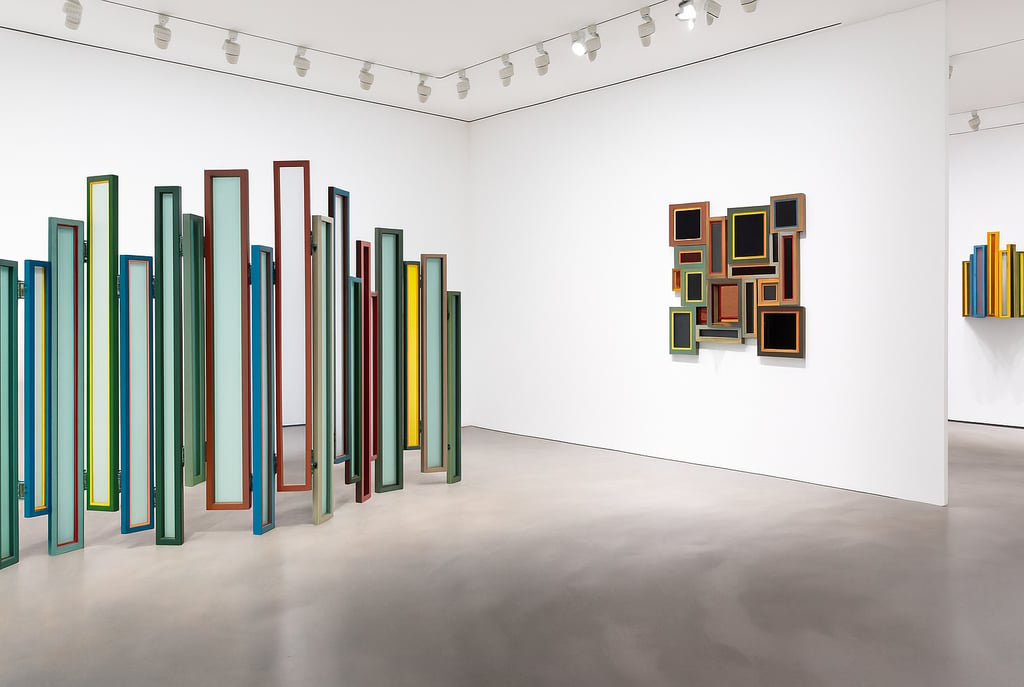The Shrinking Stage: Pace’s Exit from Hong Kong and the Quiet Retraction of Global Art Powerhouses
Once the emblem of global ambition, Hong Kong’s H Queen’s now witnesses a quiet retreat. Pace Gallery’s decision to close its exhibition space in 2025 isn’t merely logistical : it signals the end of an era. The golden age of international expansion is giving way to a new paradigm, where visibility is digital, presence is strategic, and the mythology of the “global gallery” dissolves into a more intimate, adaptive art world.
TODAY'S HEADLINER
Charlotte Madeleine CASTELLI
10/3/20252 min read


There was a time when Hong Kong seemed destined to become the beating heart of the Asian art market — a city of glass towers, blue-chip galleries, and international fairs glittering under the banner of globalisation. It was 2018, the year Pace Gallery inaugurated its vast exhibition space in the sleek, architectural container of H Queen’s, alongside David Zwirner and Hauser & Wirth. That moment symbolised confidence: a declaration that Hong Kong had arrived as the new cultural capital of the East.
Seven years later, the narrative has turned. Pace Gallery has announced that it will not renew its lease at H Queen’s and will close its exhibition space in October 2025, following the conclusion of Alejandro Piñeiro Bello’s solo show. The gallery will maintain its regional offices in Hong Kong and Beijing, yet without a physical exhibition venue: a symbolic retreat that mirrors a global recalibration in the art world’s geography of power.
The story of Pace in Hong Kong is a short but telling one. It began in 2014 with a space inside the Pedder Building, that storied hub of commerce and culture. In 2018, the move to H Queen’s seemed to embody the ambition of a globalised art system; one where visibility, architecture, and market centrality converged. But the conditions that once favoured this expansion have shifted: slowing sales, escalating operational costs, increasing political tensions, and the thinning flow of collectors from mainland China have all reshaped the equation.
The closure of Pace’s Hong Kong space, however, is not an isolated episode. It joins a growing list of withdrawals and contractions that suggest a structural transformation rather than a temporary correction. Earlier this year, CLEARING shuttered its locations in New York and Los Angeles, calling the traditional model of a multi-city presence “unsustainable.” LA Louver, a California institution since the 1970s, closed its Venice Beach gallery to focus on itinerant exhibitions and private viewings.
The pattern is clear: what defined the last two decades of the art world (the relentless pursuit of global expansion) is being replaced by a more measured, almost introspective approach. The “global gallery” model, once a badge of power and legitimacy, now appears increasingly obsolete in a landscape marked by digital visibility, virtual fairs, and fluid networks of representation.
Hong Kong’s art market, once celebrated for its dynamism and fiscal freedom, now mirrors the global slowdown. The glamour of H Queen’s (a vertical sanctuary of art commerce) cannot obscure the fact that collectors are more dispersed, that the digital sphere rivals physical presence, and that geopolitical uncertainty weighs heavily on the cultural economy.
Pace’s decision is, ultimately, a statement of adaptation. It reflects not withdrawal but redefinition: the search for a new equilibrium in which the gallery becomes less a fixed space and more a distributed presence: part physical, part virtual, part symbolic.
In this, Hong Kong’s story becomes a microcosm of a broader truth: the art world, long obsessed with expansion, is entering a period of contraction that could prove unexpectedly fertile. When the global stage shrinks, intimacy returns and perhaps, within this quieter geography, new forms of artistic and curatorial presence can finally emerge.
© Charlotte Madeleine Castelli | All rights reserved